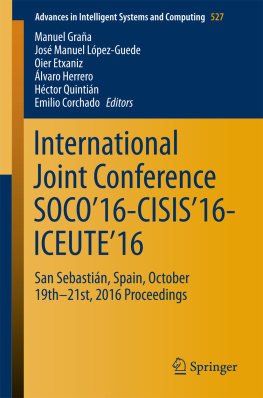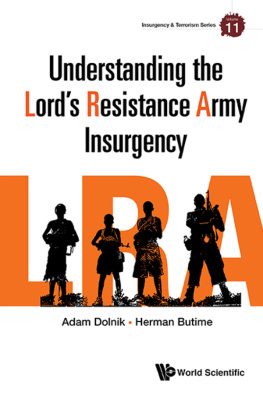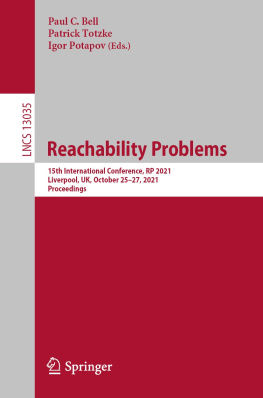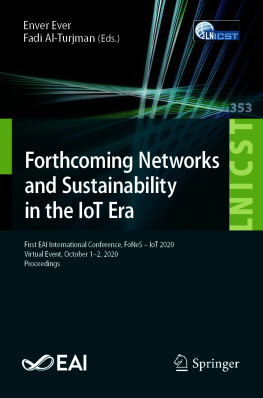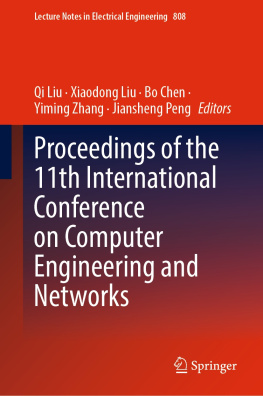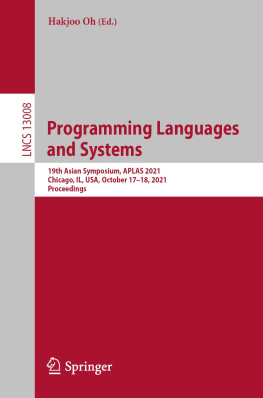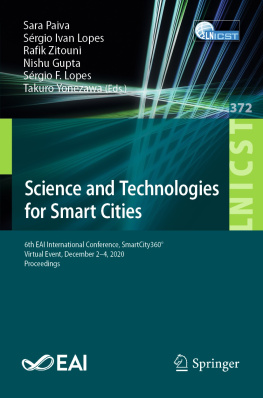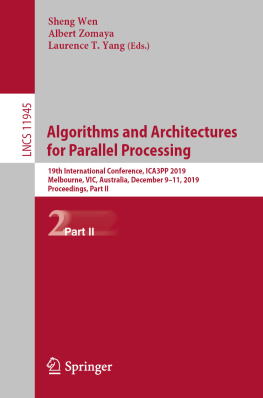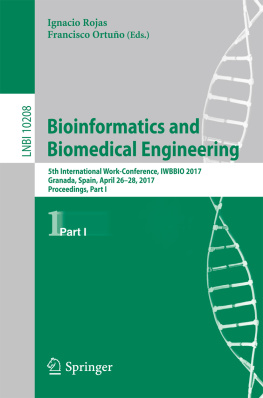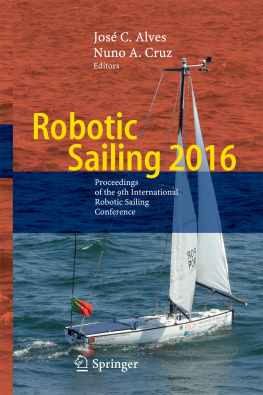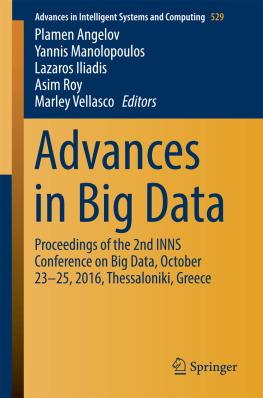Corchado Emilio - International Joint Conference SOCO16-CISIS16-ICEUTE16: San Sebastián, Spain, October 19th-21st, 2016 Proceedings
Here you can read online Corchado Emilio - International Joint Conference SOCO16-CISIS16-ICEUTE16: San Sebastián, Spain, October 19th-21st, 2016 Proceedings full text of the book (entire story) in english for free. Download pdf and epub, get meaning, cover and reviews about this ebook. City: Cham, year: 2017, publisher: Springer International Publishing, genre: Home and family. Description of the work, (preface) as well as reviews are available. Best literature library LitArk.com created for fans of good reading and offers a wide selection of genres:
Romance novel
Science fiction
Adventure
Detective
Science
History
Home and family
Prose
Art
Politics
Computer
Non-fiction
Religion
Business
Children
Humor
Choose a favorite category and find really read worthwhile books. Enjoy immersion in the world of imagination, feel the emotions of the characters or learn something new for yourself, make an fascinating discovery.
- Book:International Joint Conference SOCO16-CISIS16-ICEUTE16: San Sebastián, Spain, October 19th-21st, 2016 Proceedings
- Author:
- Publisher:Springer International Publishing
- Genre:
- Year:2017
- City:Cham
- Rating:3 / 5
- Favourites:Add to favourites
- Your mark:
- 60
- 1
- 2
- 3
- 4
- 5
International Joint Conference SOCO16-CISIS16-ICEUTE16: San Sebastián, Spain, October 19th-21st, 2016 Proceedings: summary, description and annotation
We offer to read an annotation, description, summary or preface (depends on what the author of the book "International Joint Conference SOCO16-CISIS16-ICEUTE16: San Sebastián, Spain, October 19th-21st, 2016 Proceedings" wrote himself). If you haven't found the necessary information about the book — write in the comments, we will try to find it.
Corchado Emilio: author's other books
Who wrote International Joint Conference SOCO16-CISIS16-ICEUTE16: San Sebastián, Spain, October 19th-21st, 2016 Proceedings? Find out the surname, the name of the author of the book and a list of all author's works by series.
International Joint Conference SOCO16-CISIS16-ICEUTE16: San Sebastián, Spain, October 19th-21st, 2016 Proceedings — read online for free the complete book (whole text) full work
Below is the text of the book, divided by pages. System saving the place of the last page read, allows you to conveniently read the book "International Joint Conference SOCO16-CISIS16-ICEUTE16: San Sebastián, Spain, October 19th-21st, 2016 Proceedings" online for free, without having to search again every time where you left off. Put a bookmark, and you can go to the page where you finished reading at any time.
Font size:
Interval:
Bookmark:
SOCO 2016: Classification
- We extend the work by Besga et al. [] applying well-known machine learning techniques such as class balancing and feature selection in order to obtain better sensitivity.
- We compare two well stablished supervised classification algorithms, Random Forests and SVM, and analyze their performance in different scenarios.
- We make use of a wrapper feature selection method that maximizes the prediction ability while minimizes models complexity.
Font size:
Interval:
Bookmark:
Similar books «International Joint Conference SOCO16-CISIS16-ICEUTE16: San Sebastián, Spain, October 19th-21st, 2016 Proceedings»
Look at similar books to International Joint Conference SOCO16-CISIS16-ICEUTE16: San Sebastián, Spain, October 19th-21st, 2016 Proceedings. We have selected literature similar in name and meaning in the hope of providing readers with more options to find new, interesting, not yet read works.
Discussion, reviews of the book International Joint Conference SOCO16-CISIS16-ICEUTE16: San Sebastián, Spain, October 19th-21st, 2016 Proceedings and just readers' own opinions. Leave your comments, write what you think about the work, its meaning or the main characters. Specify what exactly you liked and what you didn't like, and why you think so.

